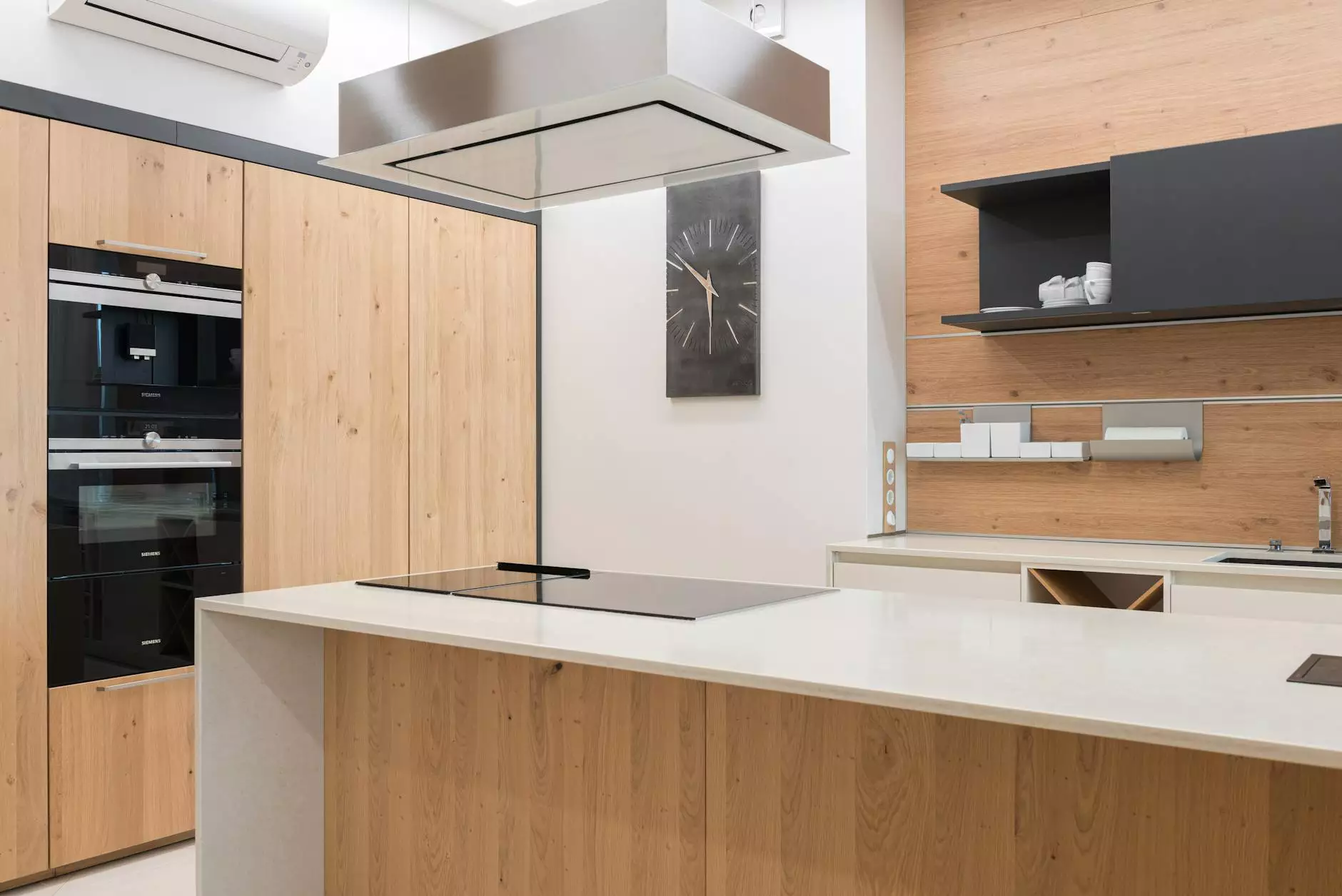Definition of the term EMT (Electrical Metallic Tubing)
Services
Introduction
At Nicholas Home Inspection & Consulting, we believe in providing our clients with comprehensive knowledge and insights into various aspects of the electrical industry. In this article, we aim to shed light on the definition and importance of EMT (Electrical Metallic Tubing) – a widely used electrical conduit.
What is EMT?
EMT, or Electrical Metallic Tubing, is a type of tubing commonly used as a conduit for electrical wires. It is made of thin-wall galvanized steel, which provides excellent protection for electrical conductors while remaining lightweight and easy to work with.
Advantages of EMT
There are several advantages to using EMT as an electrical conduit:
- Durability: EMT is highly durable and can withstand physical impacts and environmental factors, ensuring long-lasting protection for electrical cables.
- Flexibility: The thin-wall design of EMT allows for easy bending and shaping, making it adaptable to various installation requirements.
- Cost-Effective: Compared to other types of electrical conduits, EMT is a cost-effective option that provides reliable performance without breaking the bank.
- Fire Resistance: EMT is non-combustible, offering added fire protection in electrical installations.
- Easy Installation: EMT is lightweight and features connectors that simplify installation, reducing both time and labor costs.
Common Applications of EMT
Due to its numerous benefits, EMT finds extensive usage in various electrical installations. Some common applications include:
- Residential Wiring: EMT is commonly employed for residential electrical wiring, providing a safe and efficient conduit for power distribution within homes.
- Commercial Buildings: Many commercial buildings rely on EMT for their electrical infrastructure, ensuring reliable and flexible wire protection and organization.
- Industrial Facilities: EMT is well-suited for industrial environments, as it offers robust protection against impact, moisture, and corrosive substances.
- Outdoor Installations: The durability of EMT makes it ideal for outdoor applications, such as lighting and power distribution in outdoor spaces.
EMT Regulations and Safety Measures
When working with EMT, it is essential to comply with relevant regulations and implement safety measures. Some key considerations include:
- Proper Support: EMT should be adequately supported to prevent sagging or damage over time.
- Secure Connections: All connections and fittings must be securely fastened to ensure electrical continuity and reduce the risk of accidents.
- Grounding: Proper grounding techniques must be followed to protect against electrical faults and ensure safety.
- Code Compliance: Familiarize yourself with local electrical codes and regulations to ensure compliance throughout the installation process.
Conclusion
In conclusion, EMT (Electrical Metallic Tubing) offers a range of benefits as a reliable and cost-effective electrical conduit. Understanding its advantages, applications, and safety considerations is crucial for successful installations. At Nicholas Home Inspection & Consulting, our expert consultants are always ready to provide detailed insights and guidance on EMT and other aspects of the electrical industry. Contact us today to gain a comprehensive understanding of EMT and enhance your electrical projects!




